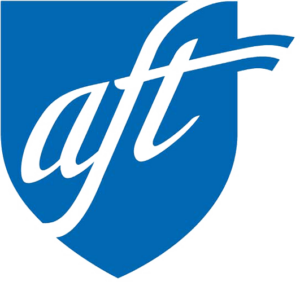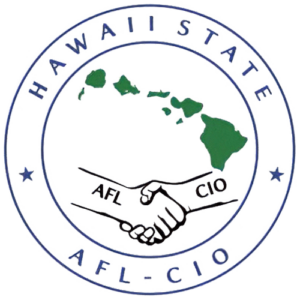Duane Stevens is President of the University of Hawaii Professional Assembly. He wrote this commentary for The Advertiser.
Before pointing the finger of blame, consider what is happening across all 10 UH campuses. As a result of budget cuts, lecturer positions have been eliminated and faculty teaching load has increased. This means less time for individual students. Faculty at some campuses are beginning to see higher failure rates. The budget cuts have also reduced course offerings, and students must extend their time in college to meet academic requirements. Ironically, all of this is occurring at a time of record-high enrollment — more than 58,000 students — in the UH system, particularly in our community colleges. Clearly, students have the most to lose.
What is particularly troubling is the apparent lack of vision in running our state higher education. The UH system is a major economic driver in the state and is the only state institution that generates revenue. In 2008, UH faculty attracted $450 million in revenue for research and training from external funding sources. These funds depend on retaining high-caliber faculty members.
The faculty vote made our position loud and clear. We simply do not see a commitment to the quality of higher education and to the university’s central mission and values by the UH administration.
Our UHPA collective bargaining team has diligently and creatively worked to address the university’s budget shortfall. Since April 2008, the faculty have presented different options to the UH administration, including salary reductions in the form of loans to the UH, reducing faculty base salaries with a freeze on hiring additional administrators, and a number of other reasonable suggestions.
Unfortunately, virtually every proposal has been ignored or rejected.
Perhaps most disturbing is that this “budget crisis” is self-induced.
Once an advocate for a knowledge-based economy, Gov. Lingle chose to arbitrarily restrict funds appropriated by the Legislature to the university, and legislators acquiesced. Further, the governor refused to expend special state funds or reduce the restrictions. She also refused to consider or propose increases in the general excise tax.
The only response we received was a “last, best, and final offer,”
which was also the UH administration’s first contract proposal to the faculty. The terms of the UH administration’s proposal came with an unwritten caveat. According to a Q&A by UH President M.R.C. Greenwood, posted on the UH Web site, “even with a 5 percent pay reduction, a payroll lag, tuition increases and our other efforts, the university will still face a budget shortfall of approximately $16 million.” In our negotiations, UH administrators told faculty there would be further reductions in both programs and personnel to make up that $16 million.
Many faculty have worked too hard and too long to build the UH into a highly rated research and teaching institution. The UH can rightfully boast having a top-ranked astronomy institute, with the potential to be the first university in the world to design, build, launch, and control its own satellites. We have unparalleled knowledge and expertise in marine biology. The graduate program in international business also garners praise. It took years of dedication to attain these rankings and we can do much more to excel, but all of this can be destroyed overnight.
The bottom line is if we desire a world-class university for our state, then we must invest in it. Withholding funds and threatening faculty, the life-blood of the UH system, are all counterproductive and will cause irreparable damage to the reputation of the UH as a Tier 1 research university.
When we return to the bargaining table, we hope the UH administration will be open to suggestions that keep in mind our shared values of academic freedom, intellectual rigor and institutional integrity. With help from legislators and others who care about higher education, we can preserve the quality of higher education in our state.



